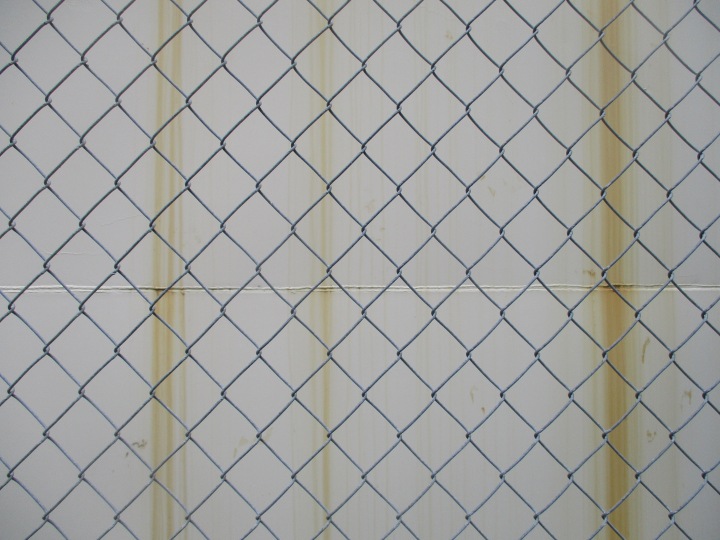
The scrub palm incident should have reminded me that there is such a thing as too much of good thing. By the way, I do intend to grow every single seedling that germinates and somehow find homes for them all. I suspect that almost all will live in my own garden, but at least I know they will live in a good home. I have grown surpluses before, and I actually plan to do it again.
For examples, that big herd of cedar seedlings that was partly reassigned into landscapes is just too numerous for all seedlings to be accommodated. Most of what remains will get canned to be installed into landscapes later. Since we planted about as many as we possibly can here, most will likely go to Los Angeles, and installed onto embankments of the Santa Monica Freeway.
That is too many cedars; but I just can not bear to discard them as I should. Nor can I leave them to grow into a crowded and likely rat infested grove. They should be happy in Los Angeles.
Anyway, I was asked to grow a few copies of Boston ivy for a pair of concrete columns that support a pedestrian bridge. Two specimens were already planted on two other concrete columns of the same pedestrian bridge, from which English ivy had been removed. Two other specimens grow on a concrete retaining wall from which Algerian ivy gets removed ahead of its advance.
I should have just plugged a few cuttings into a can, and then separated them and plugged them directly into the landscape as they rooted. Instead, I plugged cuttings into a flat. Well, I could not just plug a few, and leave the rest of the flat empty. I filled an entire flat with a hundred cuttings. I expected a high mortality rate, but alas, almost all of the cuttings are doing quite well.
Now we are finding all sorts of concrete retaining walls and other infrastructure where we can plant Boston ivy. We are also realizing that there is a difference between ‘can’ and ‘should’. As I was dumping greenwaste, I noticed how austere this big water tank looks. Boston ivy would really appreciate all that surface area! There is enough to plant all the way around the perimeter!
Then, I thought of all the reasons why clinging vines are not allowed onto water tanks. They deteriorate the paint, which allows the tanks to rust. They allow rodents to climb up to the top of the tank, which is really not a good place for rodents. They need maintenance, which is not justifiable for landscape features that serve no practical purpose. They need (ironically) watering.
If the tank were in a more prominent location where it should be obscured, it would be best to plant dense evergreen trees, such as cypress trees, around it. Such trees would be planted at a distance, to maintain reasonable clearance. Really though, the tank is in a secluded place, where not many of us see it. It needs no landscaping, so will remain as austere as it has always been.
But, what about the cyclone fence around the water tank? All those surplus grape vines could most certainly make good use of it as a trellis! Okay, I get it. It would take too much work, and there is too much potential from problems . . . rodents, maintenance, watering, damage to the fence, and half of all the grapes would be locked inside where only a few of us could get to them.

I love the idea of cedars along the Santa Monica Freeway! ~ ~ ~ But there are rats there too!
LikeLiked by 1 person
The cedars grew from seed, all crowded into a small area under their five parents. They can not stay there. They will get much more space when planted intentionally.
LikeLiked by 1 person
I love this finding a place for plants! It’s a rescue/adoption operation or a catch and release elsewhere operation. I imagine it does a lot of good.
LikeLiked by 1 person
It is overrated. The responsible technique would be to pull and dispose of the cedars like any other weed, and procure appropriate trees in Los Angeles as they are needed. There are a few trees that we planted there just because they were available, even though we knew that something else would have been more appropriate. I just can not bear to dispose of seedlings that I know have potential. Fortunately, my colleague there happens to want to flank at least one of the streets in western Los Angeles with deodar cedars. I think that many would be nice on the Santa Monica Freeway. Once established, they do very well there.
LikeLiked by 1 person
We have Boston Ivy growing on the side of our house. Every year I cut it down to the ground, and every year it covers the entire wall
LikeLiked by 1 person
ICK! I try to keep the English and Algerian ivy off of buildings because they promote rot. It would be impossible to control Boston ivy if it got too close to a building. It would need to be eradicated. Even on concrete structures, I do not want it reaching wooden infrastructure, such as a rail fence and cabin above one of the retaining walls. Is your home made of brick?
LikeLike
Reblogged this on Tony Tomeo and commented:
THIS is how I get into trouble by growing too much of what we have no use for!
LikeLike